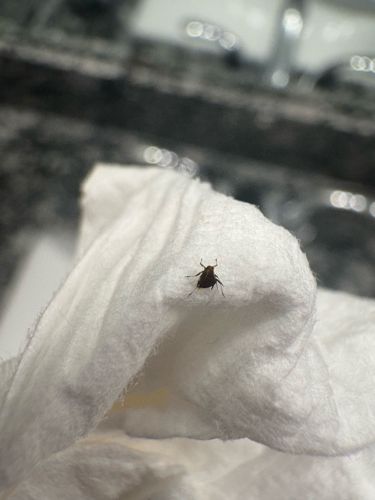Aphid
Scientific Name: Aphidoidea (Superfamily)
Order & Family: Hemiptera, Aphididae
Size: 1-3 "mm"

Natural Habitat
Found on various plants, often on new growth, leaves, and stems; can be found indoors on houseplants.
Diet & Feeding
Plant sap; they are phytophagous, using piercing-sucking mouthparts to extract nutrients from plants.
Behavior Patterns
Aphids reproduce rapidly, often parthenogenetically (without mating). They can form large colonies. Some species are wingless (apterous) and others develop wings (alate) for dispersal when colonies become too crowded or host plant quality declines. They excrete a sugary substance called honeydew.
Risks & Benefits
Risks: Major agricultural and horticultural pests, causing damage to plants by stunting growth, deforming leaves, and transmitting plant viruses. Benefits: Serve as a food source for many beneficial insects (e.g., ladybugs, lacewings) and birds. Honeydew can be gathered by some ants, which in turn protect the aphids.
Identified on: 10/19/2025